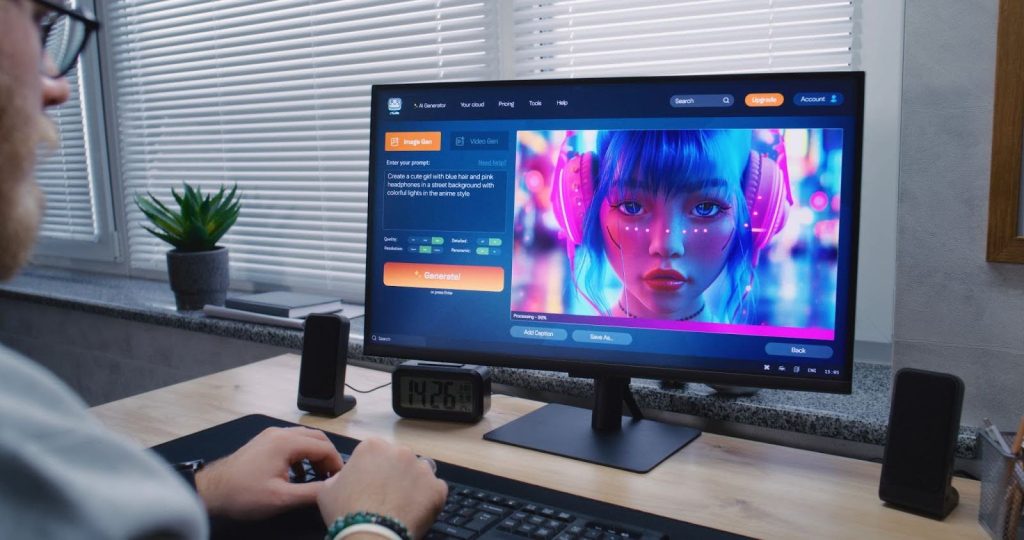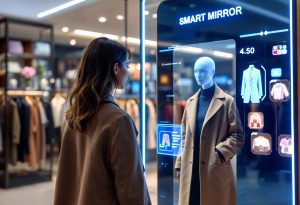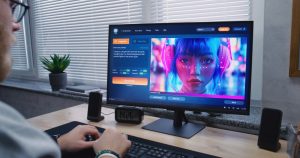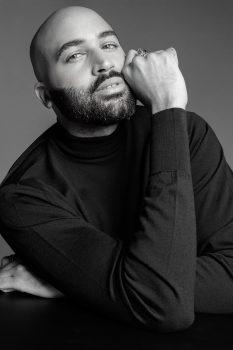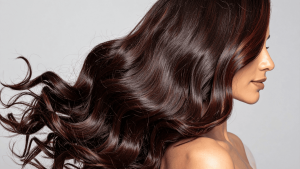Just a few years ago, it took advanced skills, costly software, and often professional help to create a high-quality illustration or concept design. Today, you can achieve the same result by using AI to generate images. Read further to discover how these tools work, how to use AI for pictures and videos, and why you should try advanced solutions like the DepositPhotos AI Image Generator, Stable Diffusion, or Runway.
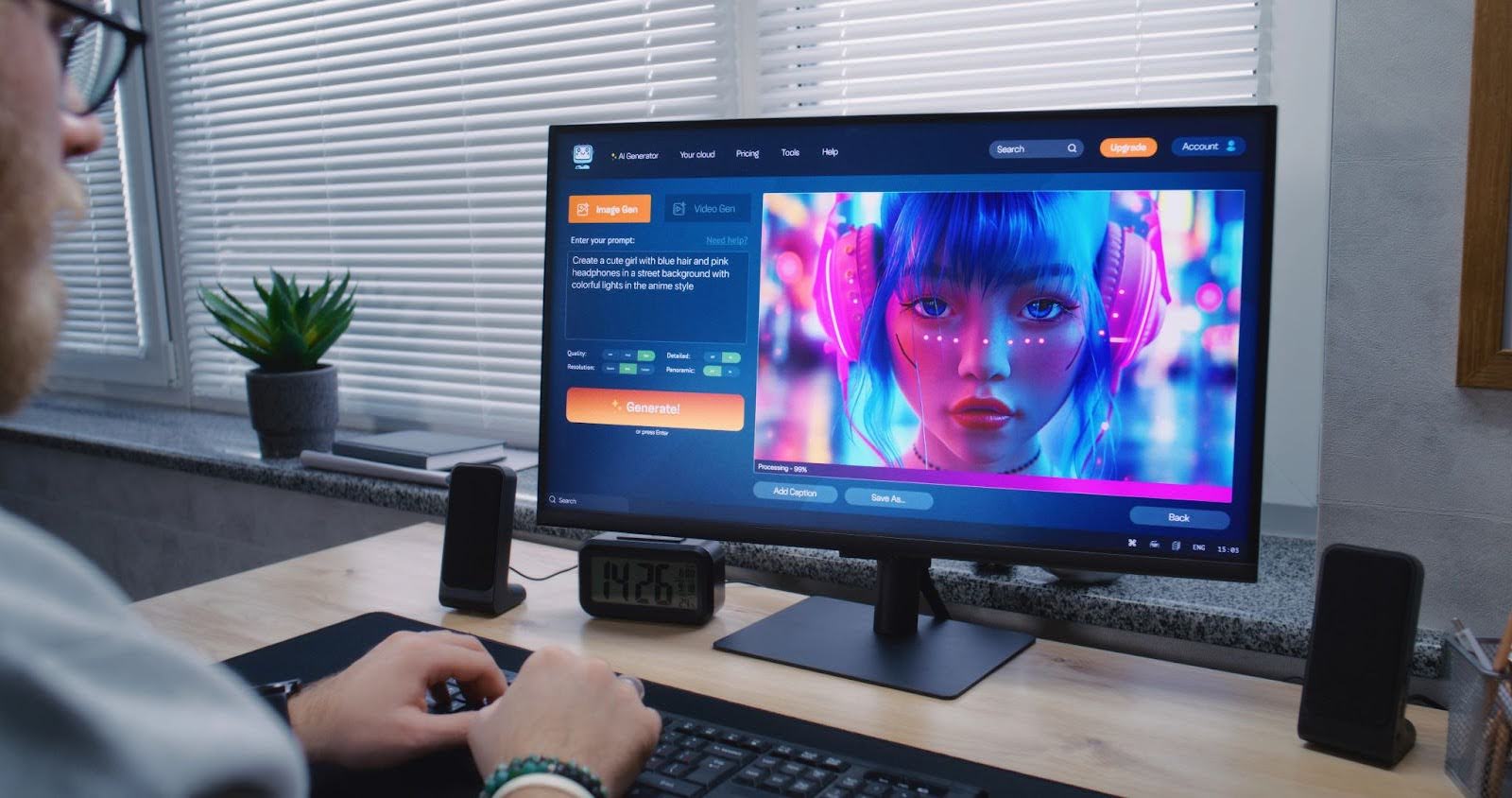
What exactly is a free online AI image generator?
A free online AI image generator is a web-based tool that uses artificial intelligence (AI) to create unique images. Such tools are usually powered by machine learning models trained on vast datasets of images and art styles. Thanks to this training, AI tools “understand” concepts like colors, objects, and composition, and then combine them creatively to generate new visuals.
Free AI photo generators are usually accessible directly in your browser. You don’t need to download special software or pay up front to use them. Most free platforms, however, have certain limitations. For instance, a free plan might offer limited daily generations, watermarked images, or restricted access to specific functions. Paid versions, on the other hand, provide higher resolution, faster processing, and more customization options.
What are the main types of AI image generators?
Free AI image generators come in several main types, each serving slightly different purposes. That’s why there’s no single answer to how to use an AI photo generator—it largely depends on the tool you choose. Here are the most common types.
Text-to-image generators
Text-to-image generators convert written prompts into images. To use them, you type a prompt (a text description—for instance, “a futuristic city floating in the clouds”), and the AI creates a picture that matches.
This type of AI generator is one of the most popular and widespread: between 2022 and 2023, people created more than 15 billion images with text-to-image algorithms. These tools are often used for artwork, concept design, marketing visuals, and social media content. The most well-known examples are the DepositPhotos AI Image Generator, Stable Diffusion, and MidJourney.
Image-to-image generators
Free AI generators can transform or reimagine an existing picture based on instructions. They let you create AI-generated images using photos—for example, you can upload a character sketch and ask the AI to turn it into “a realistic 3D render” or “anime style.”
These tools are often used for style transfer, concept refinement, and enhancing rough drafts. Popular examples include Stable Diffusion img2img, Runway, and Fotor AI.
AI photo enhancement tools
These solutions improve or restore existing images with AI. You can use them to sharpen blurry photos, fix lighting, enhance resolution, remove unwanted objects, or add new objects to a visual.

They are widely used for editing, professional image improvement, and restoring old photos. Examples are Remini, Let’s Enhance, and Topaz AI.
Video AI generators
This type of AI tool is the newest on the market, but already very promising: the AI-generated video industry is projected to reach around $14.8 billion by 2030. These solutions go beyond 2D images and allow you to generate short AI-driven animations.
You can use both text prompts (similar to AI image prompts, but adapted for video) and reference images to let AI build video clips. These are useful in game design, animation, product visualization, and advertising. The most popular tools are Runway, Pika Laps, and the recently released Veo3.
How does using AI to generate images help you?
Even if you aren’t an AI image creator yet, you might consider becoming one. Today, AI image generation is a practical tool that solves common challenges in creativity, business, and daily life. Here are the main reasons people turn to AI for visuals:
- To save time, money, and effort. Traditional designs, photos, or illustrations can take hours, days, or even weeks. AI, by contrast, can create high-quality images in seconds from a simple description. It’s also more affordable than hiring a professional.
- To unlock unlimited creativity. Modern AI generates unique ideas, styles, and variations that are difficult to achieve manually. You can use it to explore surreal concepts (“a dragon made of galaxies”) or realistic scenes that don’t exist in real life.
- To create visuals without special skills. Generative AI for images doesn’t require you to be a professional artist or designer. All it takes is a clear idea and a text prompt.
- To quickly customize. You can generate multiple versions of the same idea, refine details, or switch styles until you find the perfect fit. This is especially useful for branding, product design, or personal projects.
- To support your creative workflow. Many people use AI not to replace creativity but to speed up brainstorming, moodboards, and concept art. This helps them develop strong ideas faster, leaving more time to polish the final result.
To sum up
AI image generators are now everyday tools available to anyone with an internet connection. Using AI to generate images allows you to save time, explore creative ideas, enhance photos, or design without special skills. As AI technology continues to evolve, these tools will only become more versatile, accessible, and essential for both personal and professional creativity.
Shikha Negi is a Content Writer at ztudium with expertise in writing and proofreading content. Having created more than 500 articles encompassing a diverse range of educational topics, from breaking news to in-depth analysis and long-form content, Shikha has a deep understanding of emerging trends in business, technology (including AI, blockchain, and the metaverse), and societal shifts, As the author at Sarvgyan News, Shikha has demonstrated expertise in crafting engaging and informative content tailored for various audiences, including students, educators, and professionals.


